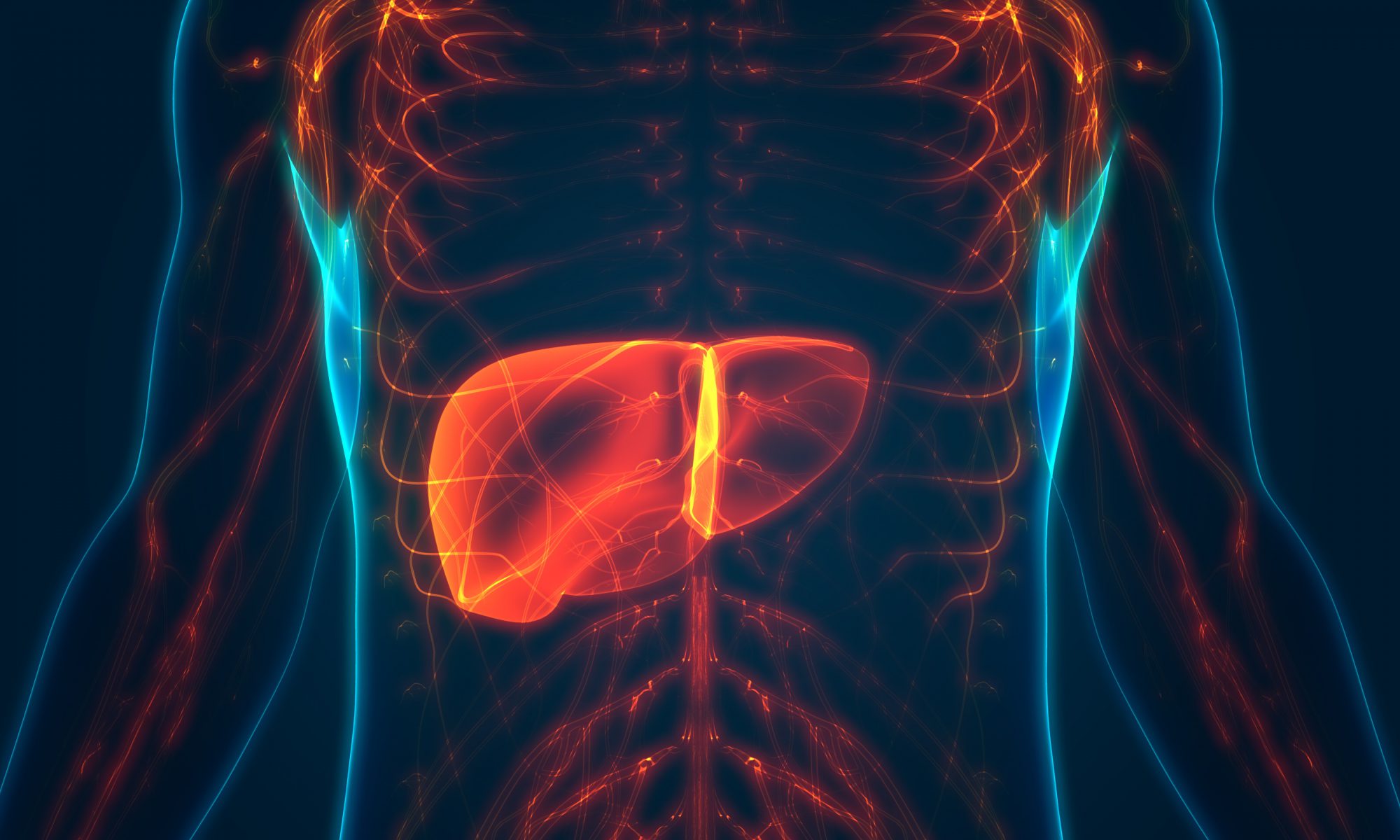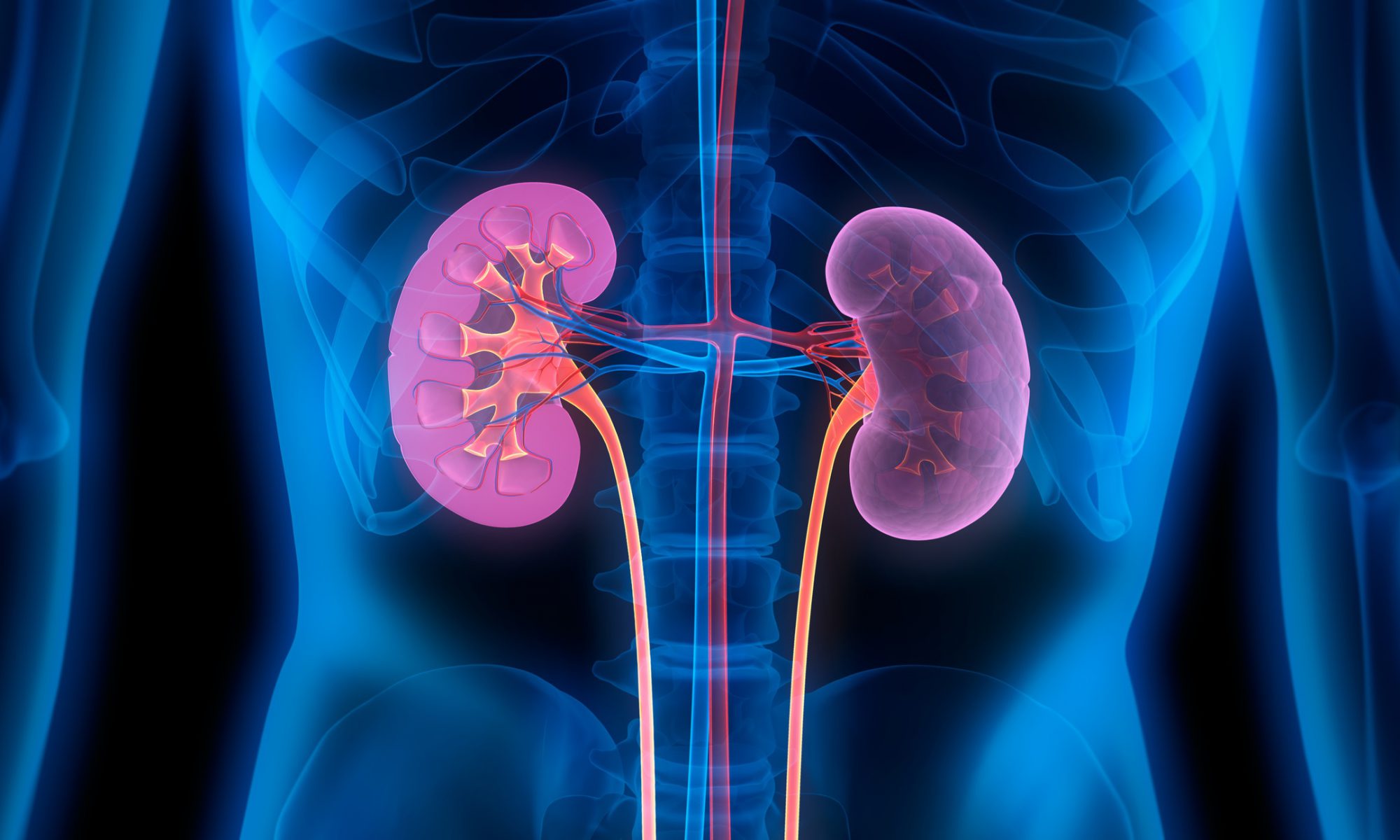The following is a summary of the “Assessing donor organ quality according to recipient characteristics in lung transplantation,” published in the February 2023 issue of Thoracic and cardiovascular surgery by Wadowski, et al.
While overall donor organ utilization remains low, there is a severe shortage of donor lungs concerning need. Organ quality is the most common reason for rejection, but selection criteria can vary. Read more in Physician’s Weekly.








